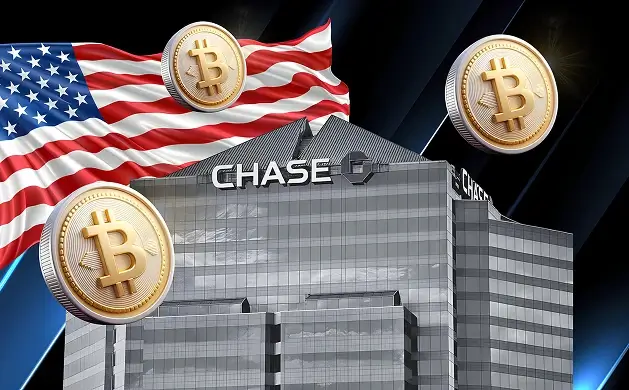How to Add Dai to MetaMask
.webp)
Summary: To securely add Dai (DAI) to MetaMask, go to CoinMarketCap, search for Dai, and find the verified contract address. Choose your network (e.g. Ethereum or Arbitrum) and click the MetaMask icon to add Dai to your wallet.
Ethereum is the safest option for holding Dai, with the largest validator network and highest Total Value Locked (TVL) among layer 1 blockchains. Using a hardware wallet alongside MetaMask is recommended for extra security.
How to Add Dai to MetaMask
Adding Dai (DAI) to MetaMask is a simple process that enables users to integrate the token into their wallet on Ethereum, Arbitrum, Base and other supported chains. This is best achieved using a trusted aggregator like CoinMarketCap, which allows users to connect to the verified contract address across different chains for Dai.
Follow these steps to add Dai to MetaMask:
- Visit CoinMarketCap: Go to CoinMarketCap and search for Dai (DAI).
- Find Contract Details: Navigate to the Dai page and locate the 'Contract' section under the 'Info' tab.
- Select Your Network: Choose the network you want to use, such as Ethereum or Arbitrum.
- Add Dai to MetaMask: Click the MetaMask icon next to the contract address. This will automatically add Dai to your MetaMask wallet on the selected network.
.webp)
Is Holding Dai on MetaMask Safe?
MetaMask provides reliable security for storing Dai (DAI), but the safety of your assets depends on how you manage your wallet. Using a hardware wallet in combination with MetaMask adds an extra layer of protection, keeping your private keys offline and reducing the risk of hacks.
Though MetaMask is secure, no system is entirely immune to threats. Combining it with a hardware wallet and following best practices, such as using strong passwords and avoiding phishing attempts, can significantly reduce your risk.
What Chain is Safest to Hold Dai?
Ethereum is the safest chain for holding Dai (DAI). As the native network for Dai, Ethereum has the largest pool of validators and the highest Total Value Locked (TVL) among all layer 1 blockchains, currently over $47 billion. This extensive validator network and deep liquidity provide Ethereum with superior security and decentralization.
About Dai (DAI)
Dai (DAI) is a decentralized stablecoin with a market cap exceeding $5 billion, issued through the Maker Protocol on Ethereum. It’s backed by a range of approved assets, managed through Vaults within the system. Dai maintains its 1:1 peg to the U.S. dollar via decentralized governance, where MKR holders set risk parameters and stability fees.
Dai is a cornerstone of decentralized finance, widely integrated into leading dApps like AAVE and Spark, enabling collateralized borrowing without centralized intermediaries.
.webp)
Bottom Line
In summary, Dai (DAI) can be easily added to your MetaMask wallet across multiple networks using trusted platforms like CoinMarketCap. While MetaMask offers strong security features, combining it with a hardware wallet enhances protection.
For the safest storage, Ethereum remains the top choice, offering unmatched security through its large validator network and extensive decentralized ecosystem.
.webp)
Written by
Jed Barker
Editor-in-Chief
Jed, a digital asset analyst since 2015, founded Datawallet to simplify crypto and decentralized finance. His background includes research roles in leading publications and a venture firm, reflecting his commitment to making complex financial concepts accessible.

.webp)
%2520(1).webp)

.webp)



